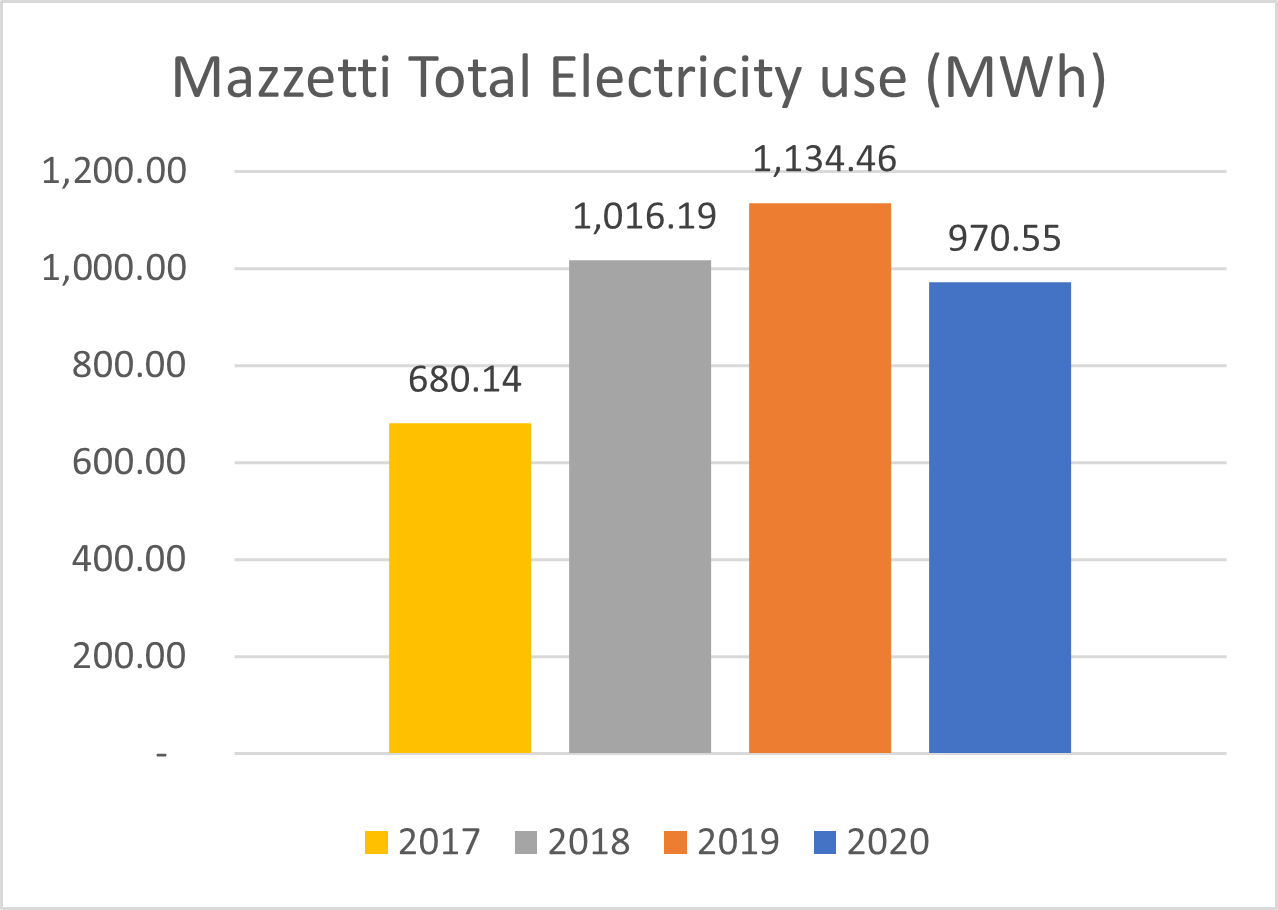Overview
In February 2022, the professional society representing Professional Engineers, NSPE, adopted a position establishing Climate Change as one of preeminent importance to our profession. “Climate change is real – the impacts are serious, and they are accelerating. There is an urgent imperative for the engineering community to take informed and intentional actions now to both reduce greenhouse gas emissions and adapt to the impacts of a changing climate. It is our duty and purpose to contribute our skills and knowledge of human-centered technologies and of the natural world to lead humanity out of the climate crisis with a focus on sustainable, resilient, equitable, and innovative approaches.”
In three new reports this year, the IPCC tells us that, if we do not hit peak carbon in a couple of years and then start to decline rapidly, it will be devasting for our children and especially our grandchildren. In Healthcare terms, we’re in a “Code Red for Humanity”. But, we still have time to limit the worst impacts.
Mazzetti has been an employee-owned Benefit Corporation since 2015. ESG is not our flavor of the month; it’s our ONLY flavor. Towards this, we’ve been carbon neutral – inventorying our own greenhouse gas (GHG) emissions (scopes 1 & 2) and offsetting for over a decade. The following is a summation of our most recent scope 1 and 2 emissions inventory for 2017 through 2020, in accordance with the GHG Protocol — the same methodology recently proposed by the SEC for reporting for all publicly traded companies. Scope 1 emissions are sourced from natural gas heating energy within all 11 Mazzetti offices and our fleet vehicle fuel. Scope 2 emissions are sourced from purchased electricity (energy) for all Mazzetti offices.
In the spirit of transparency and knowledge sharing, we’ve outlined our process, reflections (including the real challenges on this journey), and next steps.
Scope 1
Natural Gas
Fleet Vehicles (5 hybrid cars)
Scope 2
Purchased Electricity
NOTE:
- Eugene office joined Mazzetti in 2019
- Louis office joined Mazzetti in 2018
- Atlanta office joined Mazzetti in 2018
Scope 1 – Natural Gas
Emissions are totaled by gathering all activity data from utility bills. For two offices, Seattle and Nashville, we had utility bills for natural gas usage. However, for the other offices, the natural gas usage is built into the rent and is not submetered. Without metered data, our only option is to estimate usage based on average regional natural gas usage intensity factors per square foot for office types. This method is most likely over-estimating the emissions. This is an opportunity for measurement improvement, as discussed later in this article. As per the EPA’s website, an emission factors for gas consumed in metric tons per therm is used.
Scope 1 – Fleet Vehicles
Two of our offices, San Francisco and Eugene, have company cars for employee use (five cars in total). The annual mileage is logged for each car, serving as the activity data. We use emissions factors from the Climate Registry for passenger vehicles in metric tons per mile. NOTE: To date, we have only used hybrid cars. In 2020, we established a new policy that we will only purchase electric vehicles , and we are gradually retiring the fleet vehicles that we already own as they reach their end of life.
Scope 2 – Purchased Electricity
All of our offices use electricity, and, in most cases, we have separate electricity bills for our offices. However, for Sacramento, Irvine, and St. Louis, the electricity use is factored into the rent payment and is not submetered. For these offices, we applied an average electricity use per square foot (based on accessible utility bills), since office electricity loads are fairly steady and consistent. We are confident that this method of estimating the electricity use is within 10% of the actual usage. Emissions factors, in metric ton per megawatt-hour, were gathered for each local utility provider and used to calculate the emissions for each office. Each region and individual utility company has different emissions factors due to the differences in electricity production. Some regions or utilities use more renewable energy generation sources than others which will result in a lower overall emissions factor.
Factors per year per office are shown below.

Results
The annual emissions totals can be found in the figures below.


Annual totals per office

Emissions intensity per employee and per square foot are shown below.


Purchasing RECs and offsets
Once the annual emissions inventory is completed for a given year, the total emissions in metric tons is calculated. To be considered carbon neutral, we are purchasing renewable energy credits (RECs) and/or carbon offsets for the “unavoidable” emissions. A REC is a credit that is purchased from a 3rd party that generates electricity using renewable energy such as solar, wind, or hydro power. We are purchasing enough RECs to offset 100% of the electricity that we use for a given year. That will cover all of our scope 2 emissions and over 81% of scope 1 and 2 combined. For the remaining scope 1 emissions, we are purchasing carbon offsets per metric ton of carbon dioxide equivalent.
 In short, the total increases were largely due to office acquisitions, while the decline from 2019 to 2020 is largely due to the pandemic, resulting in a larger remote workforce.
In short, the total increases were largely due to office acquisitions, while the decline from 2019 to 2020 is largely due to the pandemic, resulting in a larger remote workforce.
Offsets
The remaining emission to be offset per year are shown below.

Reflections
As mentioned, and with great humility, we shared our challenge of accessing 100% of the gas and electric bills associated with each office. Electricity is fairly straight-forward to estimate per square foot. However, natural gas is more complex with more variables. For example, heating depends on the building envelope, outside air, climate, controls of the building, type of heating (e.g. some could have electric and not gas). The following are a few reflections/lessons learned for any tenant from our own experience. We’re socializing with the intent to help other office tenants increase inventory accuracy, and ultimately, to increase opportunities for emissions reduction, moving forward.
- Ask the right questions when leasing:
- Is natural gas sub-metered?
- Is electricity sub-metered?
- If sub-metering is not present, can it be installed? If not, will the lessor disclose building utility use on a rentable SF basis?
- What energy sources are used for heating and hot water?
- What climatic patterns should we be aware of?
- Request for “shared ownership”: Today, many tenants are not being billed directly for their respective usage of Natural Gas; hence, a lack of motivation for tenants to use less. If tenants share the responsibility and ownership, the impacts of tenant use become transparent, and tenants become more inclined to change behavior.
- What is the office of the future? The pandemic has changed the role of the physical office for many companies. The post-pandemic future for tenants likely includes reducing leased area and opportunities to move into new space while being more selective with the landlord to ensure efficient systems and measuring mechanisms (a good bargaining chip).
Our Own Approach to Reducing Emissions:
After completing our GHG inventory for the past few years, we are targeting the following opportunities for further emissions reduction:
- Electricity use – ensure all lighting is LED; investigate lighting controls and work with the building owners to implement
- Reporting – looking into better ways to measure energy usage specifically in Sacramento, Irvine, and St. Louis via sensors.
- Conduct candid conversations with our building owners, respectively, to access natural gas data and explore opportunities for approximating actual data per SF.
Plans for Tracking Scope 3 Emissions:
Re Scope 3, which has likely lessened due to reduced travel and greater remote workforce over the last few years, we are planning to address in 2022. This may include remote work emissions and home energy. To be continued…
Mazzetti is first and foremost a Benefit Corporation (2021 report available here). Clearly, we are imperfect. But we are aware of our imperfection, and we are working every day to improve. As a Benefit Corporation, we are required to create a general public benefit – both societal and environmental. And, as a consulting firm, we are uniquely positioned to help bend the carbon curve. To avoid hypocrisy, we will first walk the talk. If not us, then who? If not now, then when?
